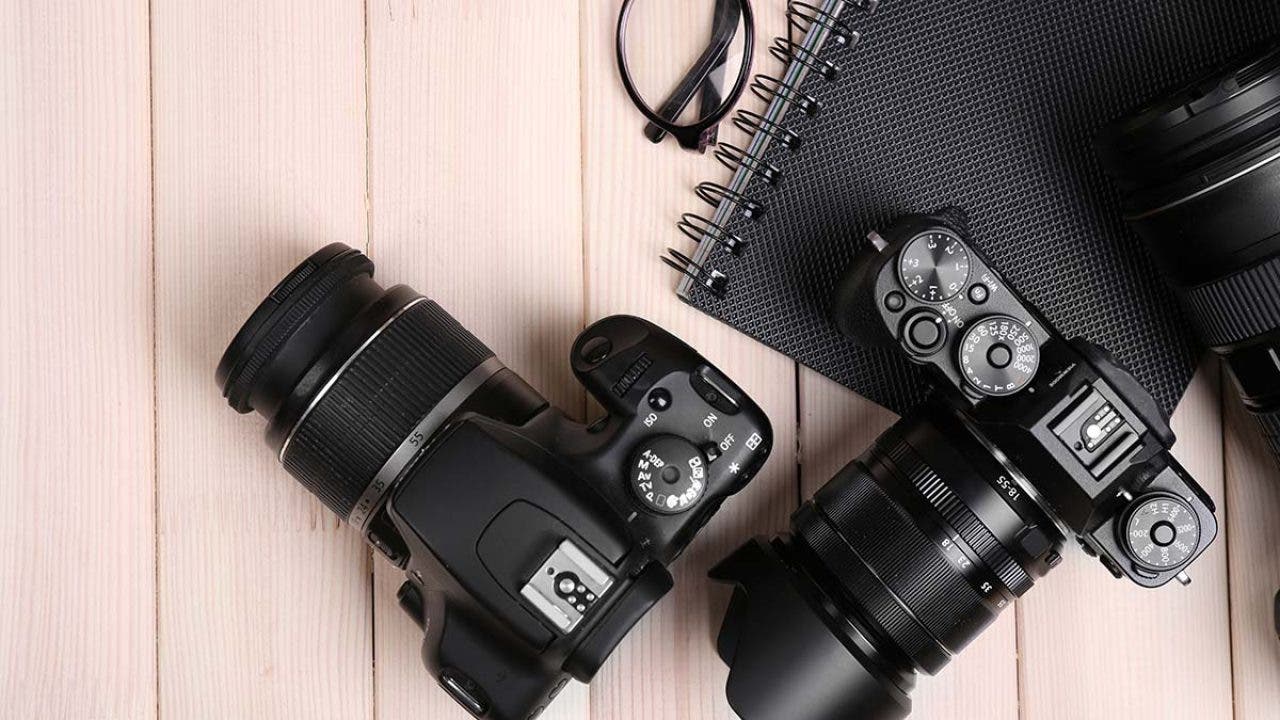Photography is an art that requires the right tools, and choosing the best camera is a crucial decision for every aspiring photographer. With a plethora of options available in the market, finding the perfect camera can be overwhelming. In this guide, we'll navigate through the essential factors to consider when selecting a camera that aligns with your photography goals.
1. Understand Your Photography Needs

Before delving into the technical specifications of cameras, take a moment to understand your photography needs. Are you a beginner looking to explore the basics, an enthusiast focusing on a specific genre, or a professional seeking advanced features? Identifying your needs will guide you in choosing a camera that suits your skill level and goals.
2. Determine Your Budget
Cameras come in a wide range of prices, and setting a budget is a critical step in narrowing down your options. Whether you're looking for an entry-level camera or a high-end professional model, having a clear budget will help you focus on cameras that offer the best value within your financial constraints.
3. Consider Camera Types
There are various types of cameras, each catering to different preferences and purposes.
- DSLR (Digital Single-Lens Reflex): Known for versatility and image quality, ideal for enthusiasts and professionals.
- Mirrorless Cameras: Compact and lightweight, offering similar performance to DSLRs without the bulk.
- Point-and-Shoot Cameras: User-friendly, great for beginners, and convenient for everyday use.
- Medium Format Cameras: High-end cameras used by professionals for exceptional image quality.
4. Sensor Size Matters

The camera's sensor size plays a crucial role in image quality. Larger sensors generally capture more light, resulting in better performance, especially in low-light conditions. Consider your photography style and the importance of image quality when choosing between Full Frame, APS-C, or Micro Four Thirds sensor sizes.
5. Megapixels Aren't Everything
While a higher megapixel count can contribute to image detail, it's not the sole determinant of photo quality. Factors like sensor size, lens quality, and image processing capabilities also play vital roles. For most photographers, a sensor in the range of 20-30 megapixels is more than sufficient for various shooting conditions.
6. Evaluate Low-Light Performance
If you plan to shoot in low-light conditions frequently, pay attention to the camera's low-light performance. A camera with good low-light capabilities will produce clearer and less noisy images in challenging lighting situations.
7. Consider Lens Compatibility

The availability of a variety of lenses can significantly enhance your photography experience. Check the lens ecosystem of the camera system you're interested in. A diverse selection of lenses allows you to experiment with different focal lengths and styles, expanding your creative possibilities.
8. Review Autofocus Capabilities
Fast and accurate autofocus is crucial, especially for genres like sports or wildlife photography. Consider the camera's autofocus system, including the number of focus points, speed, and tracking capabilities, to ensure it meets your specific requirements.
9. Assess Video Capabilities
If you're interested in videography as well, assess the camera's video capabilities. Look for features like 4K video recording, frame rates, and the availability of essential video settings. Many modern cameras cater to both photography and videography needs.
10. Check Ergonomics and Handling

The feel of the camera in your hands is essential for a comfortable shooting experience. Consider the ergonomics, button layout, and overall handling of the camera. Visit a store if possible to physically test how the camera fits in your hands before making a decision.
11. Research Brand and Model Reputation
Researching the reputation of camera brands and specific models is crucial. Read reviews, seek opinions from experienced photographers, and explore user feedback. A reliable and reputable brand with positive reviews is more likely to offer a satisfying and durable product.
12. Explore Connectivity Features
Modern cameras come with various connectivity features, such as Wi-Fi and Bluetooth. These features facilitate easy transfer of photos to your devices and enable remote control functionality. Assess the connectivity options based on your preferences and workflow.
13. Size and Weight Considerations

Consider the portability of the camera, especially if you plan to carry it around frequently. Mirrorless cameras are generally more compact and lightweight than DSLRs, making them ideal for travel or street photography.
14. Future-Proofing with Upgradability
Consider the camera system's potential for future upgrades. Some camera systems offer a range of bodies and lenses, allowing you to upgrade components as your skills and needs evolve without having to switch to an entirely new system.
15. Test Before You Buy

Whenever possible, test the camera before making a purchase. Get a feel for its controls, navigate through menus, and take some sample shots. Testing the camera firsthand provides valuable insights into its user interface and overall performance.
Conclusion
Choosing the best camera for photography involves a thoughtful consideration of your needs, budget, and the specific features that align with your creative vision. By understanding the technical aspects and functionalities of different cameras, you can make an informed decision that enhances your photography experience.
FAQs
Q. Do I need an expensive camera to start photography as a hobby?
Ans: Not necessarily. There are excellent entry-level cameras that offer great performance for beginners.
Q. Is a higher megapixel count always better for photography?
Ans: Not always. While higher megapixels can provide more detail, other factors like sensor size and image processing also contribute to overall image quality.
Q: Are mirrorless cameras better than DSLRs for beginners?
Ans: Both have their advantages. Beginners often find mirrorless cameras more compact and user-friendly, but some prefer the versatility of DSLRs.
Q. Can I use old lenses on modern cameras?
Ans: It depends on the camera system. Some manufacturers allow the use of older lenses with adapters, while others may have limitations.
Q. What should I prioritize: video capabilities or photo quality?
Ans: It depends on your primary focus. If videography is crucial, prioritize cameras with strong video capabilities; otherwise, prioritize photo quality.
